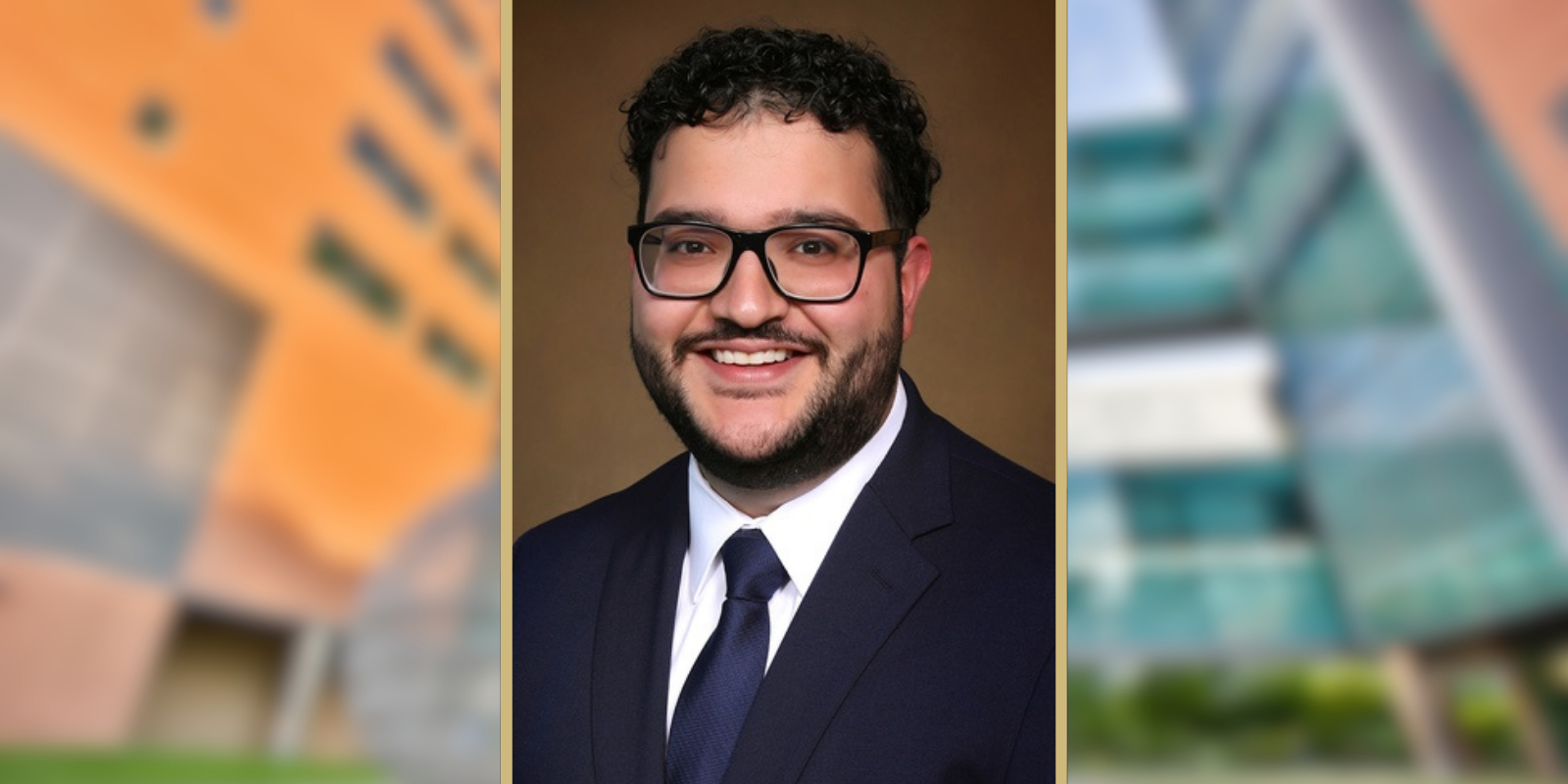Can a bundled payment model for surgical care become a tool for health care systems to reduce their carbon footprint?
It’s a question that Ahmad Hider, MD, a first-year resident in the University of Colorado Department of Surgery, investigates in a new Viewpoint article for the journal JAMA Health Forum.
“The U.S. health care system contributes about 8.5% of national greenhouse gas emissions,” Hider says. “Our team set out to explore whether payment reform could be used as a tool to reduce carbon emissions, and how that might align with efforts to improve costs, care quality, and population health.”
Breaking down the TEAM model
In the article, Hider, along with his co-researchers Thomas Tsai, MD, MPH, and Nicholas Berlin, MD, MPH, MS, from Brigham and Women’s Hospital, looks specifically at the Transforming Episode Accountability Model (TEAM), a bundled payment system through the Centers for Medicare and Medicaid Services that is set to launch in January 2026.
Under the new payment system, all costs for five surgical procedures — lower extremity joint replacement, surgical hip femur fracture treatment, spinal fusion, coronary artery bypass graft, and major bowel procedure — will be paid under a single price in an effort to reduce fragmented care and duplicative use of resources, support the coordination and transition of care between providers, and promote a successful recovery that can reduce avoidable hospital readmissions and emergency department use.
As originally written, the TEAM model included a voluntary Decarbonization and Resilience Initiative focused on collecting, monitoring, and assessing hospital carbon emissions and their effects on health outcomes, costs, and quality. Hospitals that elect to take part in the reporting will receive feedback, recognition, technical support, and other sustainability resources.
“In essence, the initiative incentivizes hospitals by rewarding them with higher payments when they successfully reduce their carbon emissions and related expenditures,” Hider explains.
With the TEAM model as their starting point, Hider and his research mentors made two primary recommendations: implementing mandatory carbon emission reporting for hospitals and adapting target price benchmarking to create target emission benchmarks.
“The goal is to transition from voluntary initiatives toward structurally integrating decarbonization into the health care delivery system, transforming it into an essential standard rather than an optional practice,” Hider says. “We also argue that environmental outcomes are public health outcomes, and the value-based care movement needs to reflect that.”
Diving into waste
One of the primary ways hospitals contribute to greenhouse gasses is through operating room waste, including single-use plastics, disposable instruments, sterile packaging, and inhaled anesthetics. In general, hospitals run 24 hours a day, seven days a week, with massive energy demands for lighting, healing, cooling, and ventilation.
“Additionally, seemingly smaller contributors — such as transportation and commuting patterns, including ambulance fleets and delivery logistics — also play critical roles in emissions,” Hider says, “as do facility operations like autoclaves and steam sterilization processes, which generate substantial thermal energy and wastewater, further exacerbating environmental impacts.”
Implementing mandatory carbon emission reporting, he says, will help hospitals realize where their greatest emissions sources lie and also will help to create a national database hospitals can use to benchmark their decarbonization efforts.
“If we link emissions performance to financial reports, that gives hospitals more of a reason to decarbonize,” he says. “The Centers for Medicare and Medicaid Service is the largest health care payer in the country, so even a small nudge from them when it comes to recognizing emissions and bundle payment evaluations can reshape hospital priorities.”
‘Defining challenge of our generation’
Hider, who has a longstanding interest in bundled payment models, saw the creation of TEAM as the perfect opportunity to study the intersection of payment models and environmental efforts.
“I’ve always approached medicine through a health policy lens,” he says. “When I encountered the new TEAM bundled payment model, I was particularly drawn to its decarbonization component, recognizing climate change as one of the defining challenges of our generation. As health care providers, we must acknowledge that climate change is inherently a public health issue — and we cannot afford to overlook the substantial carbon footprint of the U.S. health care system.”


.png)

